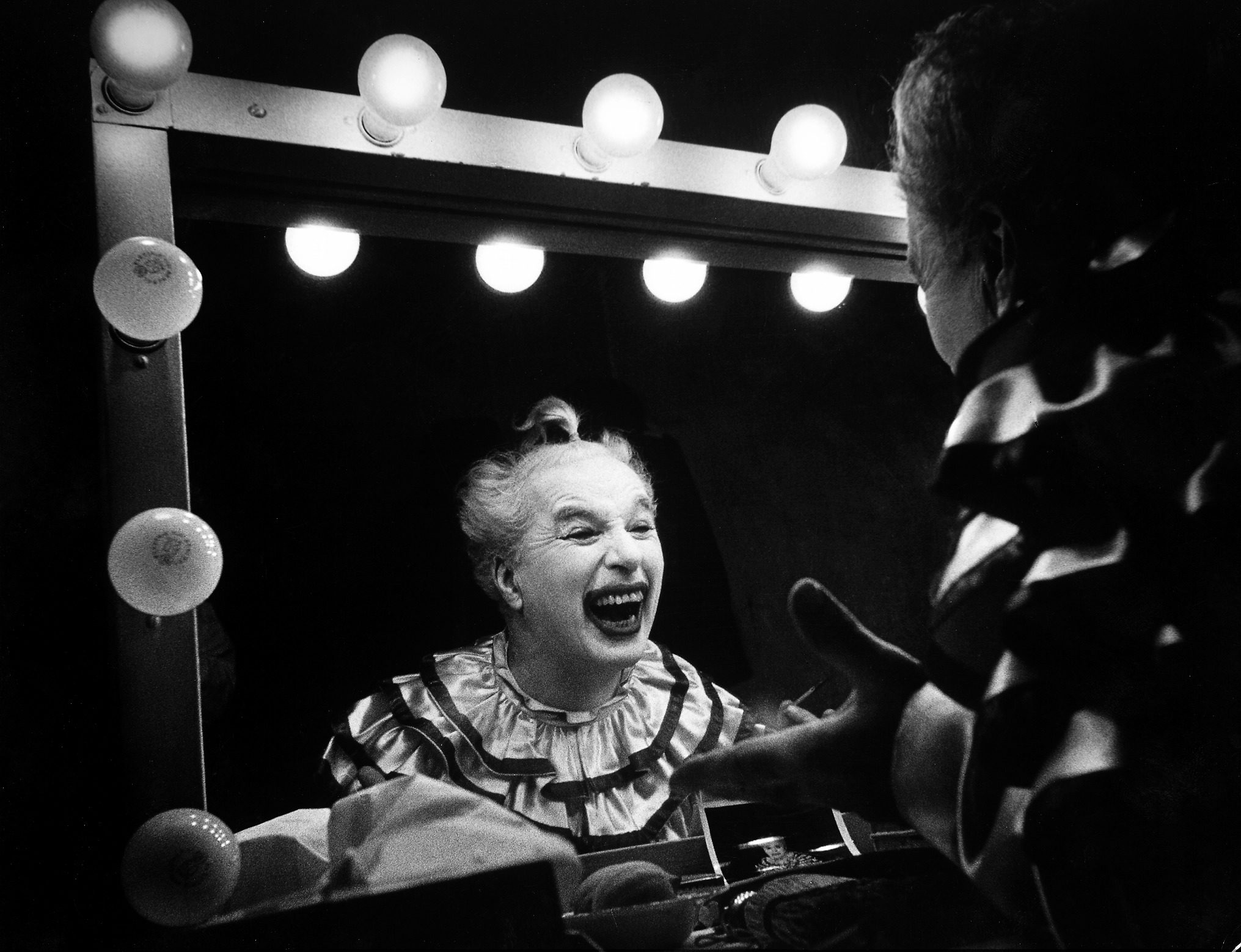
W. Eugene Smith in Okinawa, Japan, during World War II in front of the press tent. (Photo by W. Eugene Smith/The LIFE Picture Collection © Meredith Corporation)
“Magnificent. He had all of the requirements … He evoked drama and emotion. He told what was going on. He was exciting. He was artistic, from a pure, painterly point of view. He had those painterly characteristics of a good artist. He was impossible as a person, because he was so sure of himself and so indignant when anybody didn’t allow him to do what he wanted.” So stated former LIFE photographer and editor David Scherman of W. Eugene Smith. And what Smith wanted was nothing less, as he himself put it, than to “sink into the heart of the picture.” Gordon Parks said that he thought Smith “had a wonderful sense of humanity.” But it was clear to anyone who knew him at all that Smith would do whatever was necessary to get a picture or a layout just the way he thought it ought to be. His surpassing concern for the rights of all people—indeed, for humanity—rendered his pictures and photo essays sublime.

American Army nurse Florence Vehmeier and wounded GI in a makeshift hospital, Leyte, the Philippines, 1944. (Photo by W. Eugene Smith/The LIFE Picture Collection © Meredith Corporation)
During World War II, he became known to the troops as “Wonderful” Smith because of his apparent fearlessness during a string of harrowing Pacific island invasions. Said Shelley Mydans, “He always wanted to be in front of the first soldier in combat.”

W. Eugene Smith, wounded by mortar fire while covering the action on Okinawa, recovering in a Guam field hospital. (Photo by W. Eugene Smith/The LIFE Picture Collection © Meredith Corporation)
Then, in the initial assault on Okinawa in April 1945, a Japanese shell fragment tore through his cheek and mouth.

The walk to Paradise Garden, 1946. (Photo by W. Eugene Smith/The LIFE Picture Collection © Meredith Corporation)
Smith would not pick up a camera again until May 1946, when he took a picture of two children behind his home. The Walk to Paradise Garden, a symbol of mankind’s long-awaited emergence from the darkness of Depression and war, became one of the best-known photographs of the century.
—Adapted from The Great LIFE Photographers












